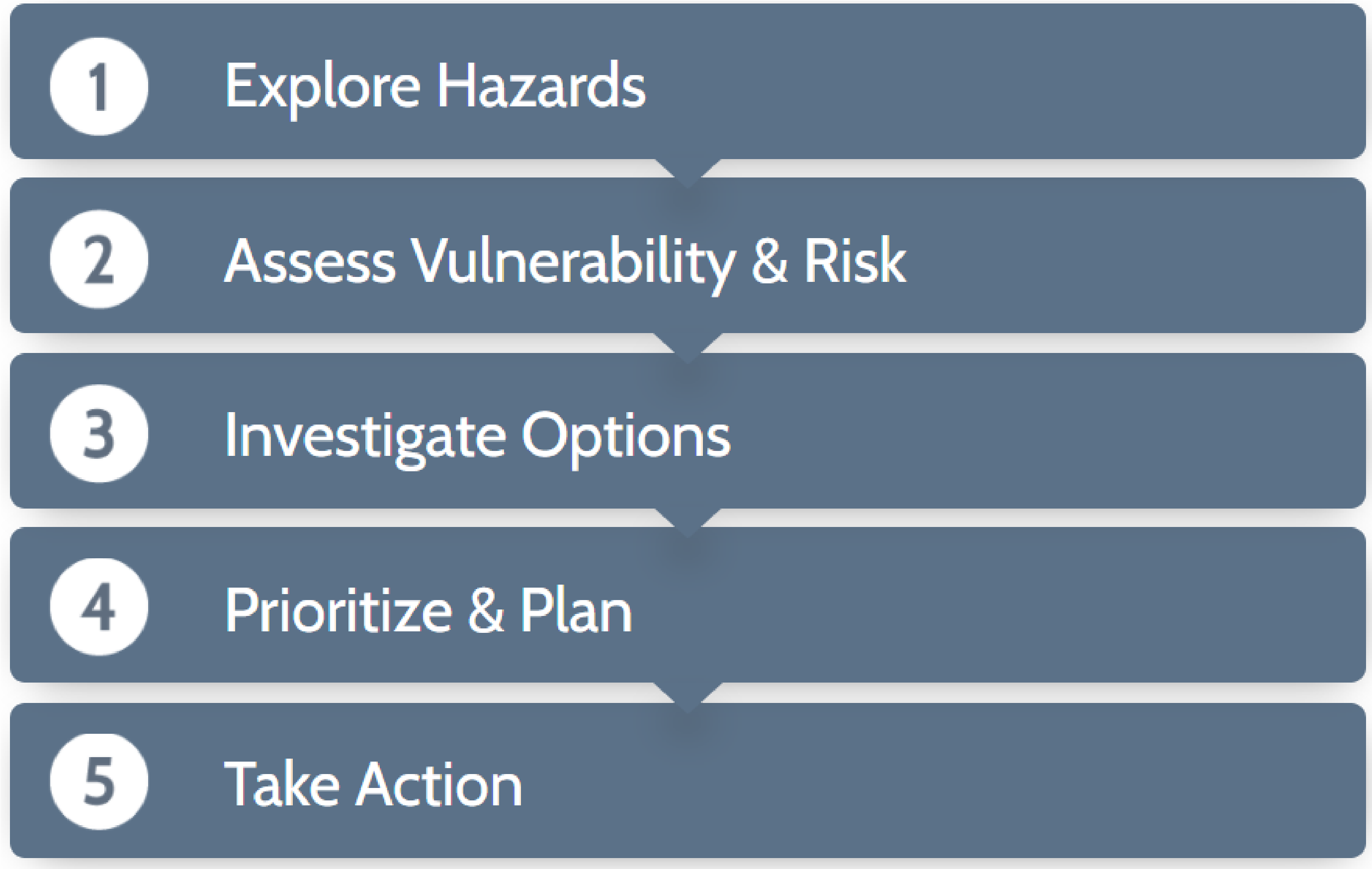
Disaster Management Manual
A manual for practitioners and decision makers!

Disaster Management Manual
A manual for practitioners and decision makers!
Reduce the underlying risk factors. Vulnerability to natural hazards is increased in many ways, for example: locating communities in hazard-prone areas, such as flood plains; destroying forests and wetlands, thereby harming the capacity of the environment to withstand hazards; building public facilities and housing unable to withstand the impacts of hazards; and not having social and financial safety mechanisms in place. Countries can build resilience to disasters by investing in simple, well-known measures to reduce risk and vulnerability. Disasters can be reduced by applying relevant building standards to protect critical infrastructure, such as schools, hospitals, and homes. Vulnerable buildings can be retrofitted to a higher degree of safety. Protecting precious ecosystems, such as coral reefs and mangrove forests, allow them to act as natural storm barriers.
To reduce risk and gather subject matter expertise in one web location concerning vulnerability to natural hazards and climate resilience in the United States, the US has assembled a Climate Resilience Toolkit (https://toolkit.climate.gov). The purpose of the Toolkit ‘is to improve people’s ability to understand and manage their climate-related risks and opportunities, and to help them make their communities and businesses more resilient to extreme events.’ 1, 2
